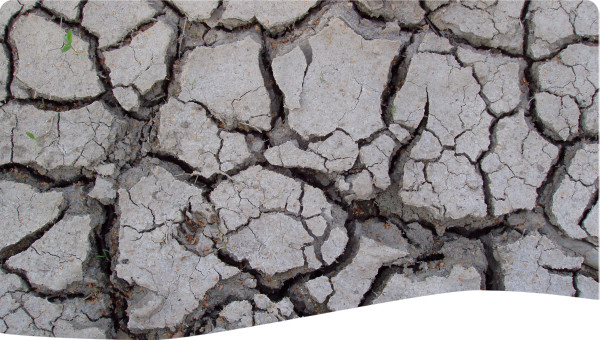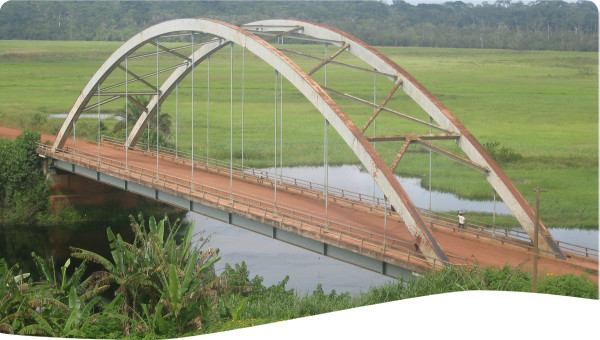Main Action: An Integrated Fire Management Plan (IFMP) was developed by Simbiose on behalf of the Piracaia Municipal Government to redefine the local relationship with fire. Combining extensive local, national, and international research, it is a reference document which aims to guide the municipality on how to achieve and maintain this healthy relationship.
It is the second municipal level IFMP in Brazil, published on the 6th of June, 2025, soon to be debated and voted on adoption as official policy, implementation is already under way.
The objective is to shift from reactive to proactive land management practices that use fire, in order to:
- Reduce the number and intensity of uncontrolled fires, to improve emergency response to uncontrolled fires, and as such, to develop social and ecological resilience to increasingly prolonged dry seasons,
- Facilitate and actively assist farmers in their use of fire, making it more effective and safer, which is expected to have a positive impact on the local economy which is largely dependent on agriculture.
- Enrich local ecology, not only as a side effect of protecting it from uncontrolled fire, but also actively stepping up conservation efforts as a method of fire protection.
The IFMP:
- Presents the case for accepting fire as a natural, traditional tool, which has a place within sustainable land management.
- Identifies key details about the geography, history, and economy of the municipality which affect its relationship with fire.
- Identifies priority regions where fire hazards are particularly high (inc. land surrounding the reservoir)
- Outlines relevant municipal, state, and federal legislation
- Highlights the municipality’s role in several conservation areas
- Introduces and describes key actors in the region, commenting on their rights and responsibilities where relevant.
- Recommends specific, detailed long and short term actions:
- Specific revisions of municipal legislation to permit controlled burns within the nationally defined framework.
- Investment in local institutions, residents, and equipment to improve mapping and monitoring of fires, training on use of fire and combat techniques.
- Outlines an alert system for fire risks, covering identification, appropriate actions, actors responsible, for different situations and climate conditions.
- Emphasises the importance of ongoing preventative measures including ecological recovery to develop drought resilience.
- Proactive communication and involvement of local institutions and residents in determining how these actions are carried out, to guarantee participation and cohesion.
- Defines measures to evaluate accomplishment of the points above.
Simbiose developed the IFMP in partnership with TNC, leveraging 20 years of experience directly combating and working with fire, educational activities, collaboration with residents, governments, businesses, other NGOs and civil society groups, and academics. The chosen objectives and decisions made within the document are guided by an understanding that this complex issue affects everybody, and so the solution must be designed and carried out by everybody. During the design process extensive consultations were held with different local actors, and now continue during implementation.
Besides Simbiose’s experience and consulting locals, the IFMP is informed by:
- Research papers and literature on IFMPs around the world and developed by conservation units in Brazil.
- Mapping tools
- Consulting with colleagues in federal government responsible for legislation concerning IFMP implementation in Brazil


